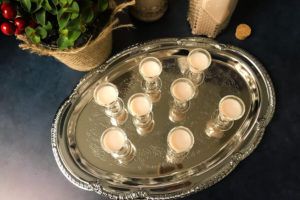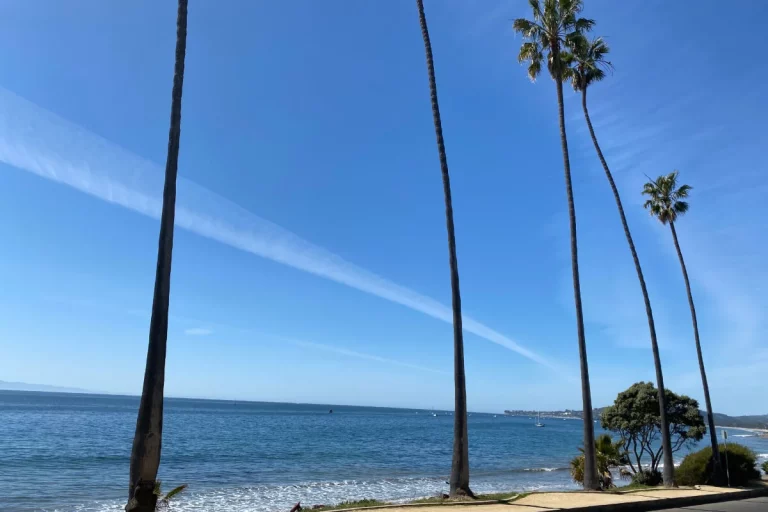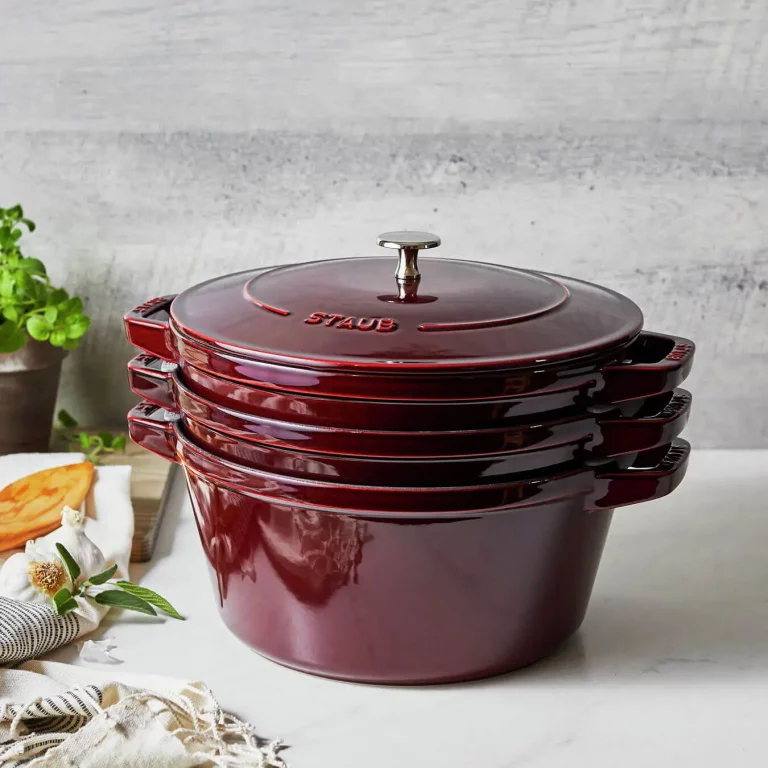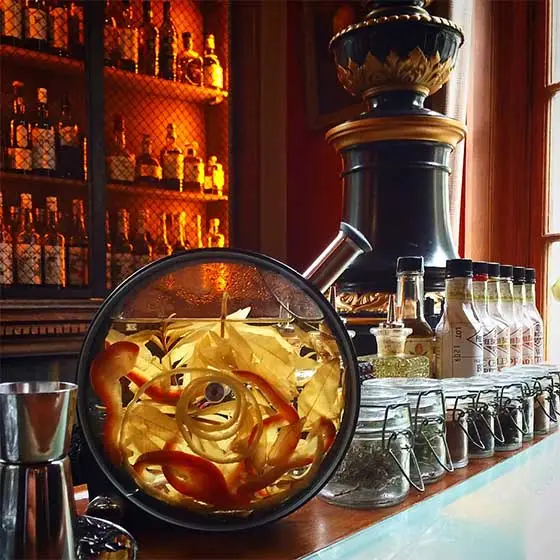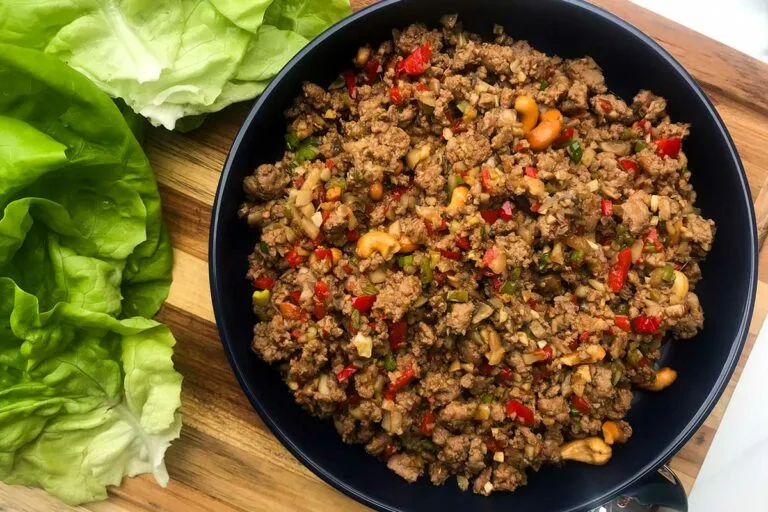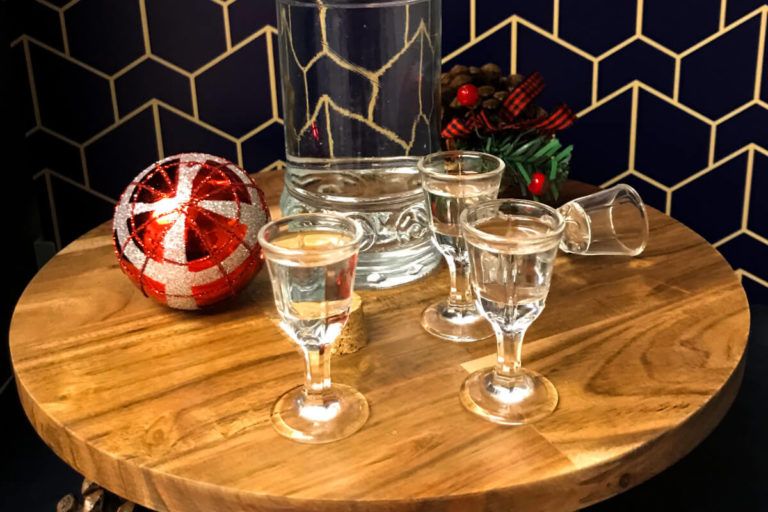
I wasn’t a big fan of anisette but every country I’d visit, had it’s own version and a little sip is almost required when traveling in some countries. (Think Ouzo in Greece and Sambuca in Italy.) So as I traveled, I really got to appreciate it as an aperitif or as my dad would say, a “digestive”. If you like black licorice, you’ll like this.
You’ll note that the recipe calls for glycerin. This was a trick of the trade that I picked up years and years ago. If you are like me, you are thinking “don’t they use glycerin to make soap?” LOL But what I learned is that 1) vegetable glycerin has no taste 2) it’s use in this recipe is for one thing and one thing alone – the finish the liqueur has on your tongue.
The best thing about this cordial is that it actually gets better the longer it sits. A month is good but longer is better. I get asked all the time if you can drink it before a month has passed. The answer is yes, of course. It will be just fine. You can also really shake it up and make sure it is well mixed and then pour into individual gift bottles before the one month mark. I’d add a little tag with a note about its “Best Use Date” and you are good to go.
This is super easy to make and as a gift, always appreciated.
Want to try making other cordials? Check out these recipes too.
Hazelnut Liqueur (my version of Frangelico)
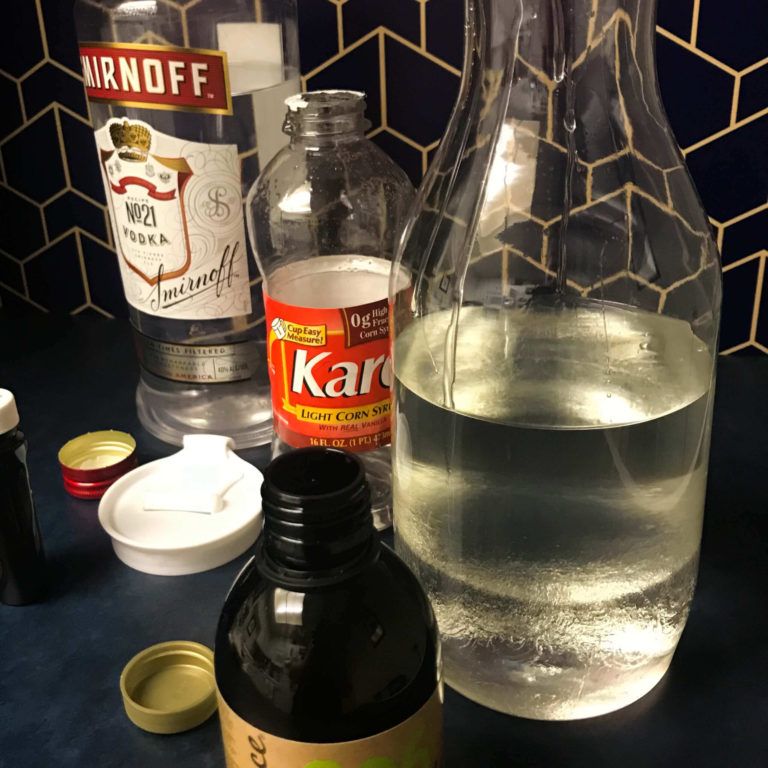
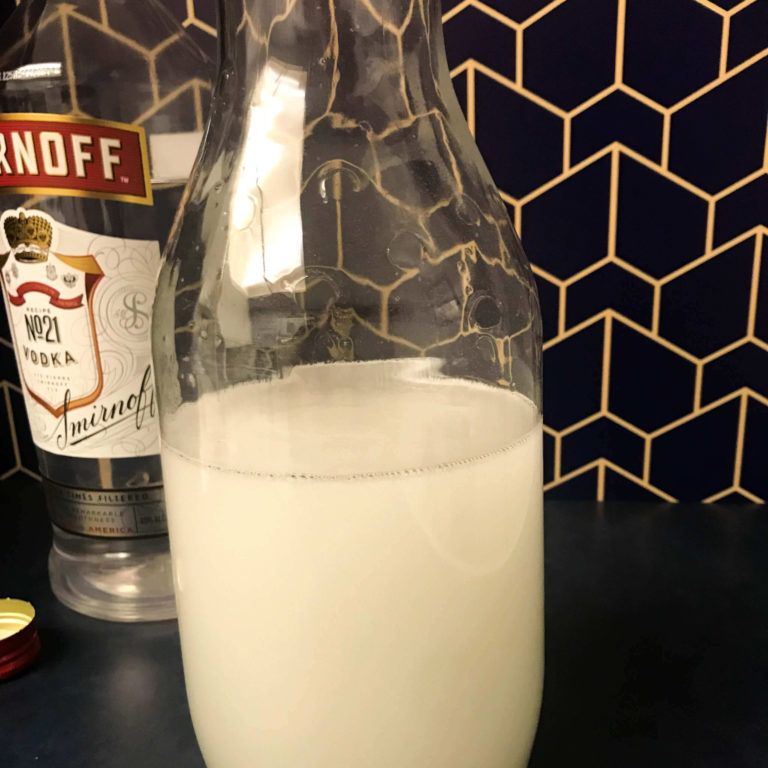
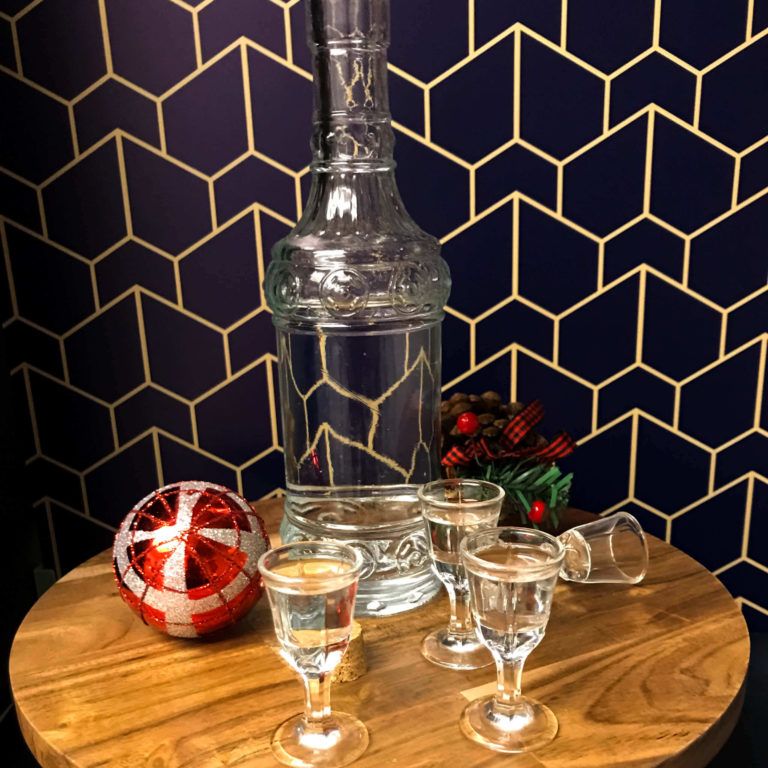
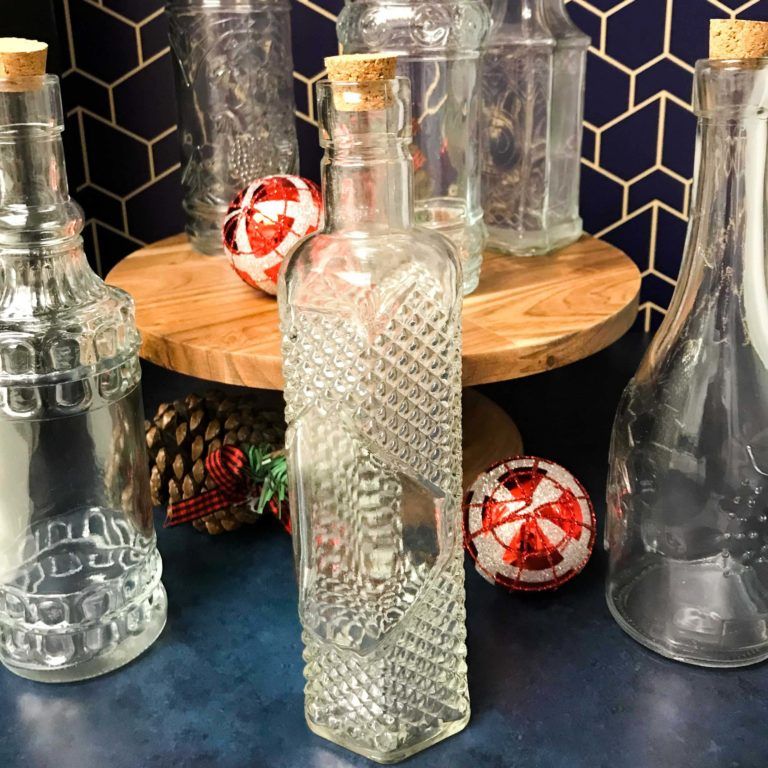
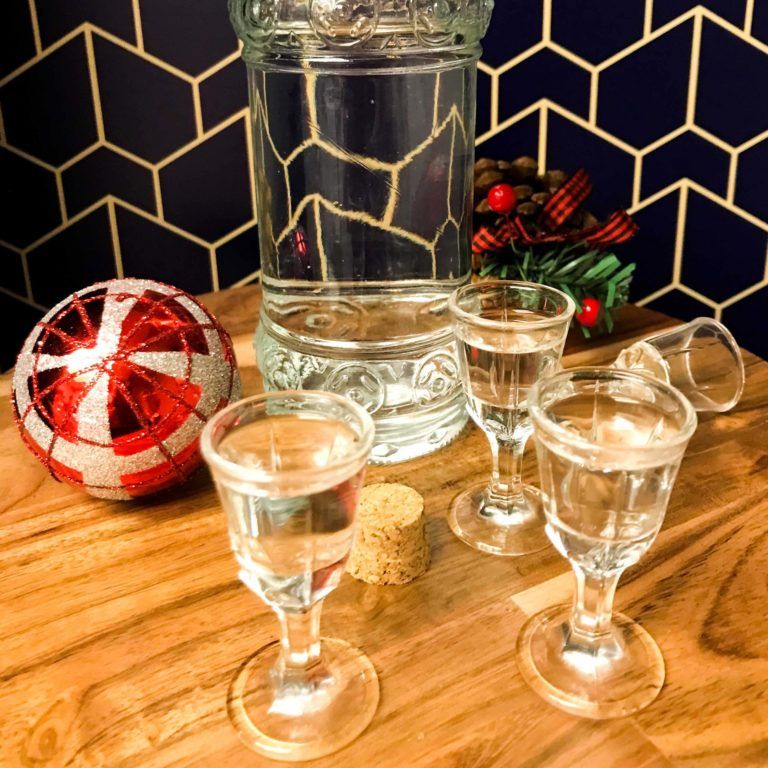
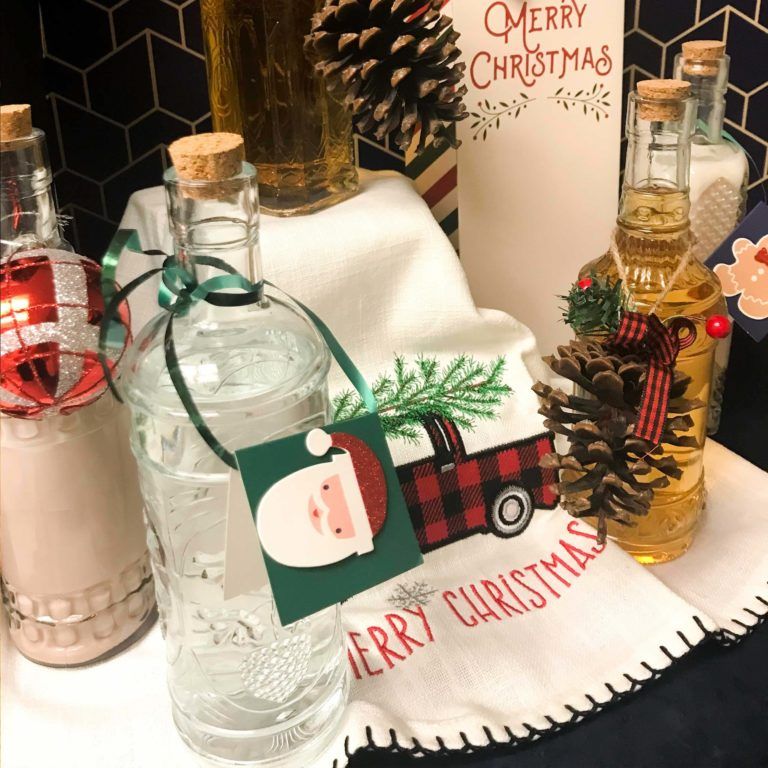

Anisette
Nutritional information is only an estimate. The accuracy of the nutritional information for any recipe on this site is not guaranteed.
Ingredients
- 2 Cups Vodka 80 proof and good quality
- 1 1/2 Tbsp. Pure Anise extract
- 1 3/4 Cups Light corn syrup
- 1 Tsp. Vegetable glycerin
Instructions
- In the jug or glass container you will store this liqueur in, mix the vodka and anise extract. Stir or shake (depending on the storage vessel) until really well mixed.
- Add the corn syrup and glycerin and stir or shake again until well incorporated.
- Seal the jug or glass container with its lid and store in a dark cool place for at least a month before bottling or serving.
- Serve in small cordial glasses to start or finish the meal. Enjoy.

